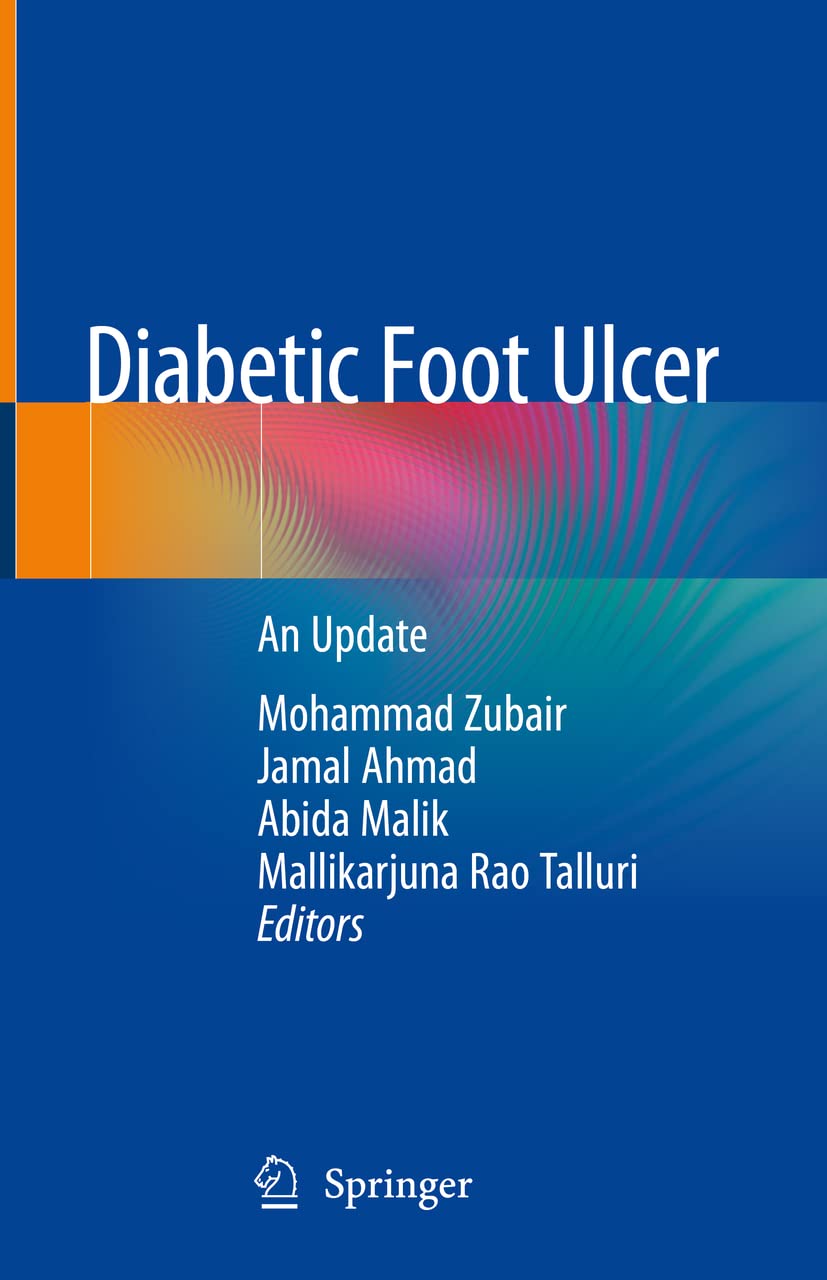
This book discusses essential aspects of diabetic foot ulcers, including evidence-based information on its pathogenesis and pathophysiology, as well as the molecular mechanisms and biomechanics of the diabetic foot. It also highlights the need for a multidisciplinary team to be involved in the management of diabetic patients with foot ulcers, and describes available and future tools for evaluating patients who are at risk. Exploring the main current therapies as well as the latest developments, future directions and potential new treatments, such as growth factors, stem cell therapy, alternative medicine and nanotechnology, the book is a valuable resource for clinicians and medical graduates but will also appeal to researchers working in the field.















